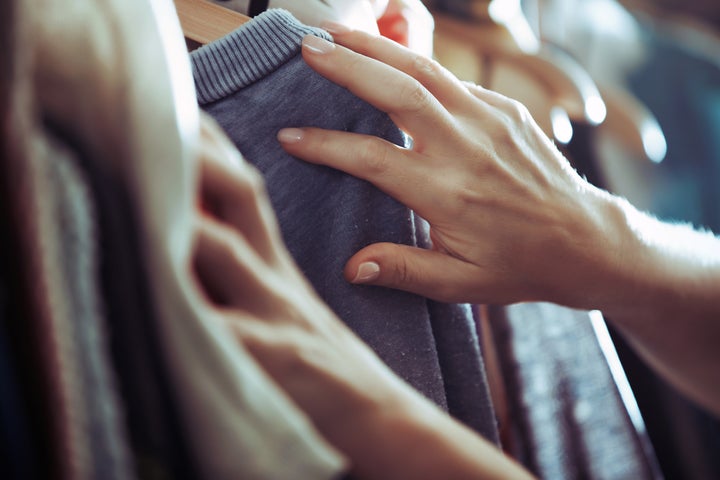
The plastic-free debate that has been gaining momentum in the UK is hugely encouraging. Not only since Blue Planet do we know that plastic pollution is a massive problem for our environment. We see plastic bags on beaches, mountains of plastic in landfill and are reading horror stories on micro-plastics in fish.
Many pubs and bars are now avoiding plastic straws and there has been an outcry over increasingly ridiculous plastic packaging in supermarkets.
And with good reason. Conventional plastics are derived from petroleum and biodegrade extremely slowly – estimates range from 20 to 1,000 years for plastic bags.
The success of the bag charge in reducing plastic bag usage is encouraging – in only a few months after its introduction in October 2015, usage dropped by an estimated 85%. This bodes well for further, carefully considered regulation to nudge us as consumers to live more sustainably.
The ‘Latte Levy’ currently being considered would seem like a big step forward. Given the impact of the bag charge, could the levy help reduce our daily usage of seven million disposable, and often hard to recycle, coffee cups down to ‘just’ one million?
It would certainly be good news in terms of greenhouse gases. Number one sustainable lifestyle authority Lucy Siegle has a regular slot on reducing plastic on the One Show and an excellent column at the Observer – great resources if you need more ideas on how to reduce your carbon footprint without taking the fun out of life.
But, as useful as the debate around packaging is, two things stand out to me.
First – why only plastic bags and coffee cups? By all means, if you wait until you get to the office to make yourself a cup of coffee or shop with reusable bags, that’s fantastic and I applaud you. But why not think about waste and plastics more generally?
What about our wardrobes?
In the UK we discard around one million tonnes of clothing each year according to WRAP figures, so fashion is an important area of consumption to consider. According to government figures 2.5billion coffee cups are thrown away in the UK every year. Similarly, last year a study by Sainsburys and Oxfam estimated that consumers threw away 235million items of clothing in one month alone.
This would suggest that we are throwing away very roughly as many items of clothing a month as coffee cups.
Although some fashion brands have lowered their prices so radically over the past decade that the price of some garments are indeed within reaching distance of that of your morning coffee, on the whole this would strike most people as a staggering waste of money at the very least.
But on environmental grounds, this is also hugely problematic, not only because the amount of resources going into making a garment is most likely far larger than that of a disposable cup.
More importantly, so much of the clothing on the high street – ranging from cut price fast fashion all the way to the most premium labels – is made partly or completely of polyester, acrylic and the like, which is, you guessed it, essentially plastic. The majority of all sportswear is made of it, as is a lot of lingerie, and it is even sometimes mixed into premium price knitwear.
The issue is that so much of this ends up in landfill - an estimated 300,000 tonnes each year, or about a third of what we discard - and this plastic contained in clothing does not biodegrade easily either. Being petroleum-based, it is also highly flammable. Alex James demonstrates vividly with a blow torch in his insightful documentary ‘Slowing down fast fashion’.
Synthetic fabrics do have a place in clothing, such as in tights, sportswear, and it can also be nice in some other garments. But this need not mean new fabrics anymore. More and more fashion brands, such as those we stock at Sheer Apparel, use recycled synthetics in an intelligent way or use end of line fabric, if they don’t stay away from synthetics altogether.
If we are to take the plastic-free debate seriously, we must also look at our wardrobes. This includes considering fabric composition when we shop and buying quality that lasts.
Secondly – let’s consider the bigger picture of reducing waste overall.
As the owner of a growing business, I can’t help but feel for the poor team behind those unfortunately plastic-wrapped coconuts at Waitrose.
I am no expert on food waste in general, and coconut longevity in particular, but might it not be the case that, done sensibly, wrapping food in plastic (preferably recycled as well as recyclable) actually prevents food waste? And that the team behind those coconuts has thought this all through?
For most businesses, just like for households, plastic is not entirely avoidable, and should be used where it makes sense. For our business, for instance, that means using plastic to protect products that are of a high quality, are meant to last, and have taken a considerable amount of resources to make. And it means reusing as much of this plastic as is possible or recycling it. We share a video of a behind the scenes look at how we approach plastic packaging on our sustainability page.
Patagonia, the clothing company that places huge emphasis on sustainable practices, commissioned an interesting study into its own use of plastic in 2014. It concluded that using plastic wrapping in some areas of the business is essential, because, by protecting a garment, plastic can prevent the resources that went into making that garment from going to waste.
By all means let’s continue to talk about ridiculous plastic packaging.
But let’s also apply common sense and look at the overall aim – reducing waste across all areas of our daily lives.
